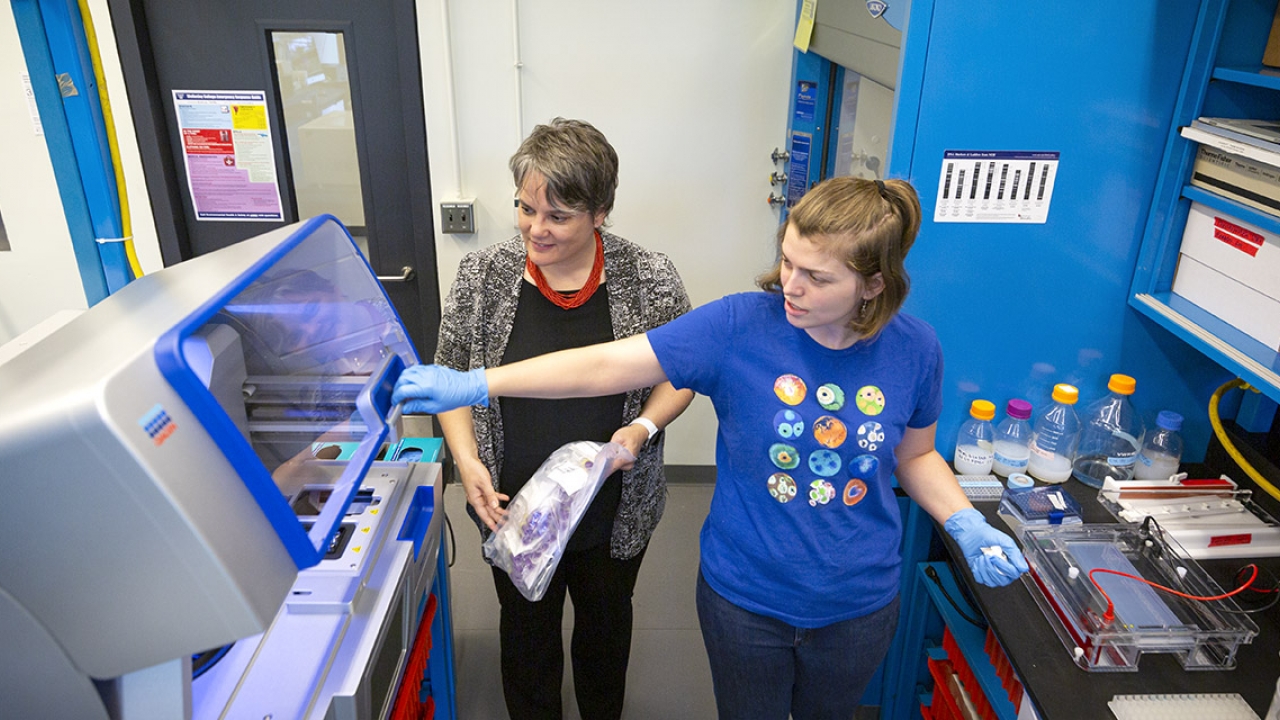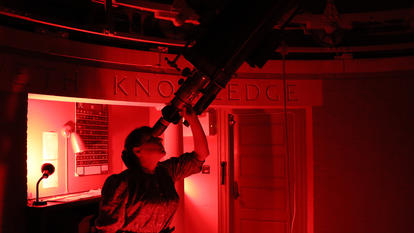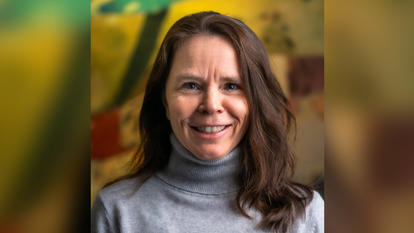The Path to a Healthy Brain Starts in the Gut

Microbial communities play critical roles in human health and disease, maintain life on Earth, and regulate the composition of our atmosphere. Uncovering the secrets of how these communities form, respond to changes in the environment, and contribute to human and ecosystem health is what drives associate professor of biological sciences Vanja Klepac-Ceraj’s research.
The Klepac-Ceraj lab employs a multidisciplinary approach that includes molecular biology, microbial ecology, and bioinformatics to examine the role of microbes in two distinct habitats: a freshwater lake and the human gut.
Here, Klepac-Ceraj discusses her principal projects and why she finds microbes so fascinating.
Q: What are the key areas of focus in your lab?
Vanja Klepac-Ceraj: We currently have two main projects in the lab. Over the last several years, six Wellesley students and I, in collaboration with Prof. Tanja Bosak’s lab at MIT, have studied how small groups of anaerobic microbes cycle nutrients and degrade complex organic matter in the lower, oxygen-free layer of a permanently-stratified lake called Green Lake in upstate New York. We are currently preparing a manuscript describing the results of this study.
The second project examines the relationship between the gut microbiome and neurocognitive development in infants and young children. Humans each carry anywhere from 30-50 trillion microbial cells, making the human microbiome an ecosystem in its own right. The human microbiome is associated with a wide range of health outcomes.
Currently, my lab is leading the microbiome research component of a multi-institutional, interdisciplinary NIH-funded project, “The Developing Brain: Influences and Outcomes.” We are processing and characterizing the longitudinal profiles of microbial gut metagenomes from 1,100 children, and statistically linking these data to clinical parameters associated with brain development and neurocognition, nutrition, and environmental pollution.
Q: How has teaching influenced your research and vice versa?
Klepac-Ceraj: A lot! I constantly learn from students. In my classes, I usually bring a piece of my own research that students get to dissect. In my 300-level course, we design a project together and ask questions that are of interest in the field, but for which we do not have answers yet. One year, my 300-level class and I published a paper on the cheese microbiome across seven different cheeses!
My grant supports two post-baccalaureate students and a research scientist. This past year, we had many undergraduate students working with us, some on the ECHO project, and others on the Green Lake project. The Wellesley students performed many critical tasks, from computational work to wet lab work. Exposure to new techniques and research enhances their ability to gain admission to competitive graduate or medical schools, or secure research positions, but I am also always learning from them. They will often bring a new research paper or a newspaper story to me and ask me what I think about the study. Or, ask a question in a way that I haven’t thought of before.
Q: Why did you decide to become a microbiologist? What inspires your research?
Klepac-Ceraj: I have always liked exploring the natural world around me. When I was in college, I read about microbes thriving in hydrothermal vents. I became fascinated by how they survive at such hot temperatures and generate energy by harvesting chemical energy from minerals and chemical compounds, such as hydrogen sulfide. They can use energy to turn carbon dioxide into sugars, much like plants do. My work is inspired by basic questions such as: How are microbial communities shaped and formed? How are they maintained? What microbial interactions help these communities remain stable over time? Are the mechanisms driving microbiome structure and function conserved across different ecosystems?
Q: What are some of your favorite facts about microbes?
Klepac-Ceraj: Oh, there are so many! For example:
- They breathe metals (some can even breathe uranium, selenium, or plutonium).
- There are two to six pounds of bacteria in a 200-pound adult.
- The weight of all the bacteria on Earth equals the weight of a billion blue whales.
- Without microbes there would be no oxygen on this planet, and there would be no (or very little) bioavailable nitrogen.
I have always found microbes to be super-fascinating creatures!
Photo: Klepac-Ceraj (left) and lab assistant Sophie Rowland ’17 working with samples in Klepac-Ceraj’s L-wing lab.



